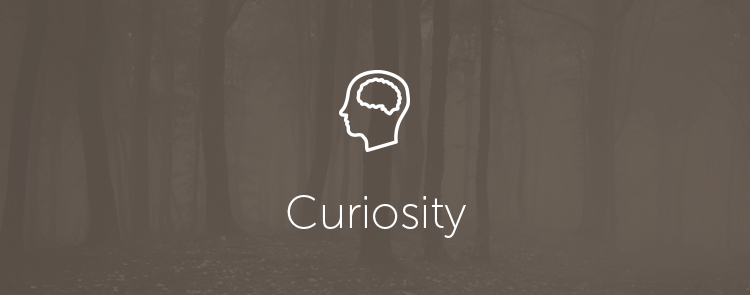Satisfaction of one’s curiosity is one of the greatest sources of happiness in life.
– Dr. Linus Pauling
Smart marketers can take what Dr. Pauling said and use it to their advantage.
People are driven by curiosity. It causes them to search for knowledge, it brings them joy when they find it, and it is classified more and more as one of the key emotions people experience.
Those marketers who are tapping into their potential customers curiosity are happily seeing the results of increased engagement and higher conversions over their competition.
Why Curiosity is Important
At Scratch-It, we revel in reveal marketing. You might have heard that a time or two. One of the biggest benefits of reveal marketing is it allows you to really dig deep into the minds of consumers.
What we have discovered is there are six main psychological factors that drive consumers to act. One of the biggest? Curiosity.
There are lots of studies out there that highlight how curiosity triggers something in our brains that feels like an itch we just need to scratch. When we solve that intense feeling for missing information all sorts of positive feelings wash over us.
You’ve probably experienced this a million times in your life: reading a page turning mystery book, waiting excitedly for the big reveal at the end of a movie, or wanting to prove your friends right when the twist proves itself in your favorite tv show.
Sounds like a perfect formula for marketers, doesn’t it?
Use Curiosity in Campaigns…
You can use curiosity to your advantage in marketing.
Remember, people make decisions based on emotion, it’s hardly ever logic that wins out. So when you craft campaigns that drip out content that ticks up that level of curiosity, you’re going to see much higher levels of engagement.
Curiosity helps drive potential customers from passive involvement to active engagement, and that translates into increased opens and clicks in email marketing.
Need examples?
Let’s take a look at this curiosity campaign from restaurant chain California Pizza Kitchen.

After a meal they gave visitors this card. Inside each card was something that could be had for free at their next meal. But, there was a catch. They couldn’t open the card until the next time they were at the restaurant. If they opened the card beforehand, the prize was void.
Now, this isn’t to say you need to have a complex campaign.
Curiosity can be applied virtually anywhere, starting with your email subject lines.
Here’s a simple example from AppSumo. If you don’t know, AppSumo is a deal site that works to offer special deals on products and services entrepreneurs would be interested in.
They rely heavily on crafting intense curiosity through their email subject lines. The one above was a recent email sent out this past week.
Now, a subject line like that plays directly into the curiosity (not to mention FOMO) of their readers. It shouldn’t come as a surprise they regularly sell out of their deals in hours.
…But Just the Right Amount
Here’s where it gets tricky though.
You can’t go whole hog pushing a curiosity gap on your audience.
Just like with anything else, there is a level where you can achieve “peak curiosity.” This is right at the point where people are dying to know more, but just before the point where they will find the answer on their own.
Studies have shown that this is where marketers want to be. Right in this “sweet spot,” consumers have an intense desire to learn more, and actually remember more about the information they have learned.
This “sweet spot” is where your brand wants to be. It places you as the expert and the provider of information, leaving a positive connotation between the consumer and your brand.
Now, who doesn’t like that?
When you start creating well placed campaigns that tickle the curiosity of consumers and make them want more, you’re going to start seeing higher levels of engagement and even conversions over the long run.


Pingback: The Rise of Clickbait (and the Psychology Behind it) | Scratch-it()
Pingback: Snapchat: The Next Big B2B Marketing Tool? | Scratch-it()